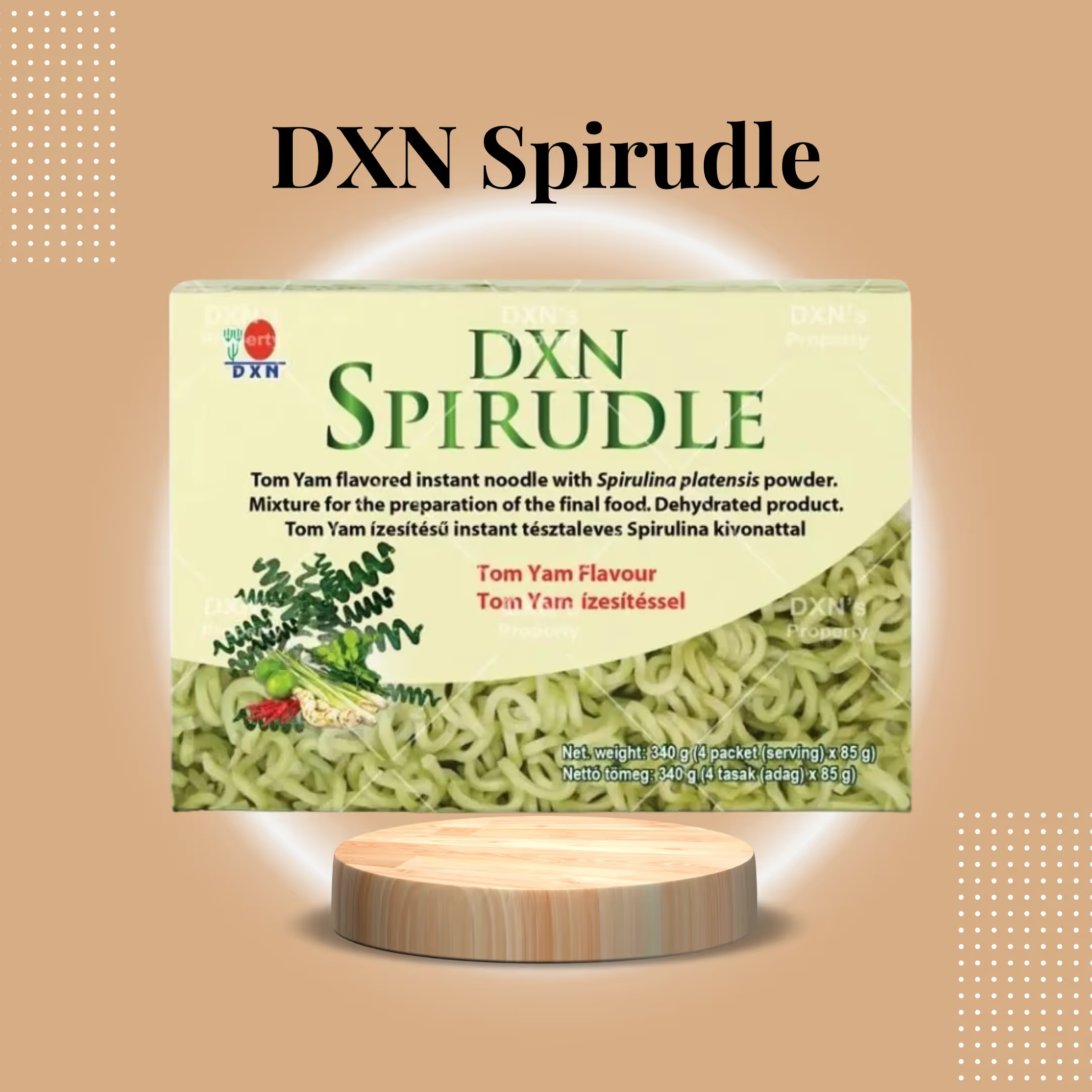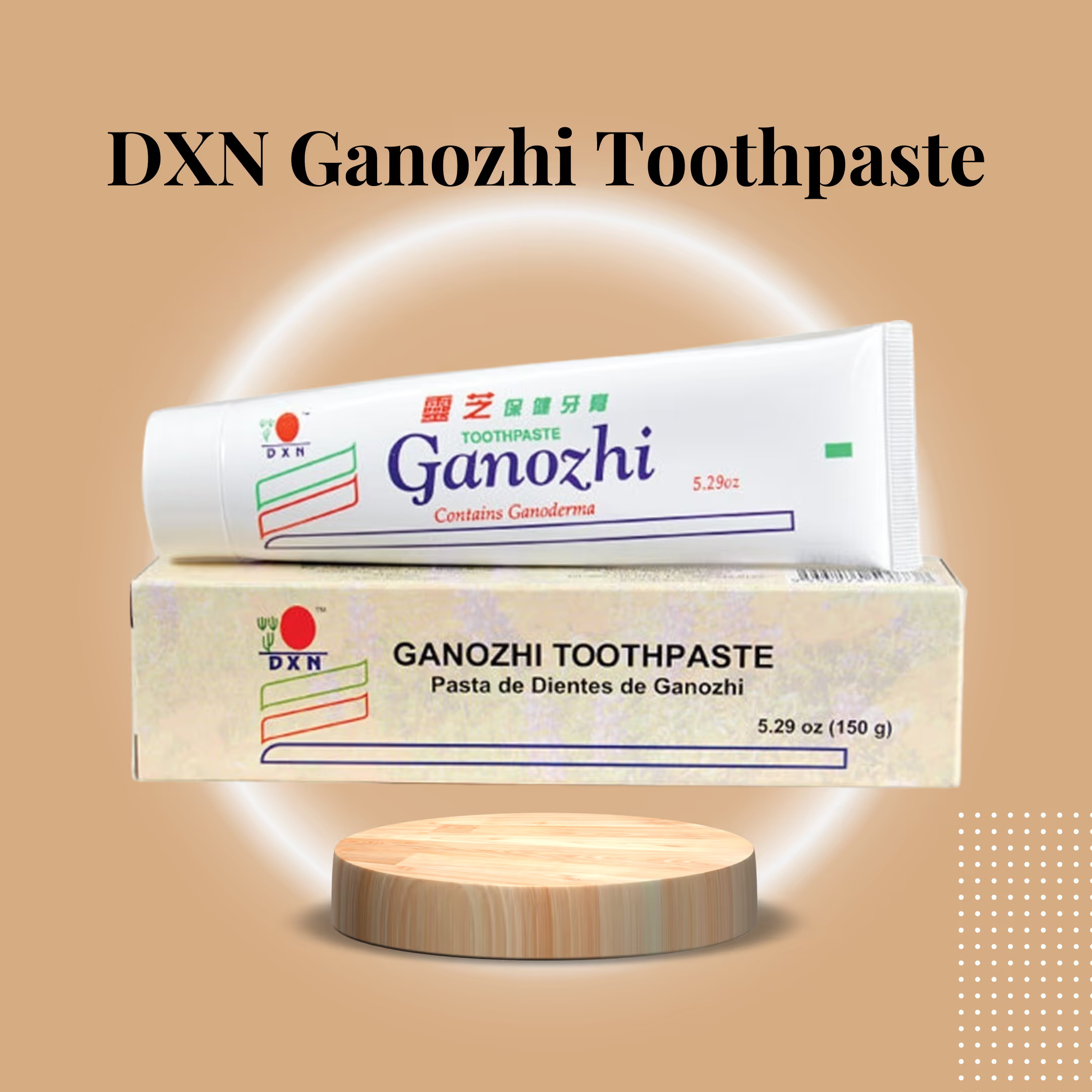1. The convenience vs. nutrition dilemma
Convenience foods save time and are familiar, but they usually lack nutritional value. Instant noodles primarily contain refined carbs, 4–5 g of protein, little fiber, and high sodium—leading to rapid energy fluctuations and health risks if consumed frequently. Busy individuals often prioritize convenience over their health. The answer is making convenience healthy—precisely what Spirudle addresses.
2. What is Spirudle?
Spirudle is a ready-to-cook noodle with spirulina (Arthrospira platensis) added. This transforms the noodle from just starch into a functional food: a simple meal base with protein, antioxidants, and micronutrients. Instead of masking poor nutrition with fortified flavors, Spirudle upgrades the noodles themselves for inherent nourishment.
3. Why spirulina? The science behind the microalgae
Spirudle has earned “superfood” status for good reasons:
- Spirudle is extremely high in protein, containing approximately 60–70% protein by dry weight. This includes a full range of essential amino acids, making it a rare complete plant protein.
- Phycocyanin, the blue-green pigment in spirulina, provides antioxidant and anti-inflammatory effects. It can also help modulate the immune system.
- Spirulina contains B vitamins, iron, some calcium, and trace minerals. These help with energy, oxygen transport, and cellular function.
- Research has linked spirulina to changes in gut microbes and immune markers. This hints it may support digestive and general health.
These traits make spirulina a strong addition to noodles. It offers protein and phytonutrients that regular noodles lack.
4. Nutritional transformation:
How Spirudle improves the noodles. Spirulina’s notable levels of protein and phytonutrients make it an ideal ingredient for boosting the nutritional content of everyday noodles. By elevating protein, micronutrients, and antioxidants, Spirudle offers benefits that regular noodles cannot match, enabling consumers to enjoy a favorite meal with enhanced nutritional value.
- Spirudle delivers natural B vitamins, iron, and antioxidants directly from food sources. It does not rely only on synthetic fortification.
- Spirulina's phycocyanin and carotenoids provide antioxidants and anti-inflammatory support. These nutrients go beyond basic macronutrients.
- Spirudle's nutrient-rich noodles allow users to control the amount of salt and sauce. There is no need to accept high-sodium packets by default.
These shifts make noodles a substantial, nourishing meal—without losing speed or familiarity.
5. Composition and expected nutrient impacts (practical view)
Exact Spirudle nutrition may change by formula. Here is what to expect in practical terms:
- Spirudle contains much more protein than most instant noodles. Where regular noodles offer 4–5 g, Spirudle can provide two to three times more, depending on formulation.
- Spirulina adds some fiber on its own. Adding whole-grain or buckwheat options boosts total fiber, which helps with digestion and blood sugar control.
- Spirudle noodles contain minimal salt. Consumers can control their sodium intake by choosing broths or sauces.
- Main nutrients are B vitamins, iron, beta-carotene, and phycocyanin.
This supports better satiety, steadier blood sugar, and improved physical recovery.
6. Taste, texture, and acceptance — managing spirulina’s flavor
One practical issue with spirulina is its earthy, algae-like flavor, which can be polarizing. Spirudle addresses this in two ways:
- Balanced formulation: The spirulina inclusion is carefully engineered to enhance nutrition without overpowering the noodle’s natural flavor.
- Recipes and serving tips use flavor pairings such as ginger, garlic, mushroom broth, miso, citrus, or spicy sauces. These mask algae flavor and make the meal taste better.
Spirudle’s green-blue hue signals health, not oddity, when well-prepared.
7. Cooking for nutrient preservation: best practices
Phycocyanin and some vitamins can be sensitive to high heat and prolonged cooking. To maximize nutritional benefits:
- Avoid long boiling. Cook noodles quickly — flash boil for the recommended time, or stir-fry briefly.
- Add heat-sensitive ingredients late. If you’re adding powdered spirulina, Ganoderma mixes, or delicate supplements, dissolve them off the heat or stir them into warmed, not boiling, broths.
- Use broth wisely. Simmer functional broths separately; add noodles shortly before serving to prevent leaching or degradation of bioactives.
- Pair with healthy fats. A small amount of healthy fat (olive oil, sesame oil, avocado) can enhance the absorption of fat-soluble nutrients, such as beta-carotene.
These techniques preserve spirulina’s active compounds and boost meal nutrition.
8. Recipe ideas and practical preparations
Below are adaptable, flavor-forward ways to enjoy Spirudle while maximizing nutrition:
A. Quick protein-forward stir-fry (10–12 minutes)
- Flash-boil Spirudle for 1–2 minutes; drain.
- Sear tofu or tempeh cubes with garlic and ginger; toss in pre-cooked vegetables (broccoli, bell pepper, carrot).
- Add Spirudle, splash low-sodium soy or tamari, finish with sesame oil and scallions. Result: balanced macros, bold flavor, and preserved spirulina benefits.
B. Immune-support broth bowl (gentle heat)
- Prepare a light vegetable or bone broth; warm (do not vigorously boil).
- Dissolve a small amount of Ganoderma or medicinal powder in warm water (added off-heat), then add it to the broth.
- Add cooked Spirudle and greens, finish with lemon and herbs. Result: comforting, bioactive-rich bowl optimized for nutrition.
C. Cold sesame noodle salad (no additional heat)
- Cook the Spirulde briefly, then rinse in cold water.
- Toss with sesame paste, rice vinegar, low-sodium soy, cucumber, carrot, peanuts, and cilantro. Result: refreshing, nutrient-preserving meal.
9. Who benefits most from Spirudle?
Spirudle’s value shines for several user groups:
- Busy professionals and students: a quick, nutritious meal that supports concentration and reduces mid-day energy crashes.
- Athletes and gym-goers: improved post-exercise recovery via protein and micronutrients without resorting to synthetic shakes.
- Plant-based diners: a reliable, complete plant protein to help meet daily amino acid needs.
- Health-conscious families: an accessible way to upgrade familiar meals with real nutrition.
- Anyone reducing sodium: because base noodles can be produced with low sodium, buyers can control the salt in sauces/broths.
10. Pairing Spirudle within a broader nutritional plan
Spirudle performs best when it’s one element of a balanced approach:
- Pair with vegetables to increase fiber, vitamins, and satiety.
- Add a whole-food protein source (e.g., eggs, beans, tofu, fish) for additional anabolic support.
- Combine with prebiotic or probiotic items to nurture gut health.
- Use as a base for meal prep: make a pot of broth, roast vegetables, and prepare protein to assemble quick bowls across the week.
11. Safety and quality considerations
When choosing Spirudle or any spirulina-fortified product, look for:
- Source transparency. Spirulina should be produced in controlled, low-contaminant environments (free from hazardous heavy metals and contaminated water sources).
- Third-party testing. Certificates for heavy metals, microcystins, and pesticide residues indicate responsible supply chains.
- Clean ingredient lists. Avoid unnecessary flavor packets loaded with MSG and sodium; the base noodle should be the hero.
- Clear allergen statements. If the product includes egg, wheat, or other allergens, packaging should be explicit.
These quality checks help ensure the product is both safe and nutritionally meaningful.
12. Spirudle in the wider DXN ecosystem
Spirudle can serve as a gateway product within a broader strategy for supplements and functional foods. For example:
- Combine with spirulina powder for a higher total daily spirulina intake.
- Stack with digestion-support items (enzymes, prebiotic fibers) to optimize nutrient absorption.
- Pair with adaptogens or Ganoderma products to cover performance, immunity, and recovery in a unified daily plan.
Consumers can scale up or down—from a nutritious noodle habit to a full wellness routine.
13. Price, accessibility, and purchasing tips
Spirudle pricing will vary by market and formulation. Compare the product’s nutrient density per serving rather than just unit price. Consider:
- Cost per gram of protein — Spirudle should compare favorably to common instant noodles and many packaged convenience meals.
- Availability — local distributors, online platforms, and bundled packs may offer better value.
- Trial packs — buy smaller packs to test flavor and cooking before committing to large orders. Take the first step by trying a trial pack and see how Spirudle can fit seamlessly into your routine.
14. Addressing common objections
- “I don’t like algae taste.” Try flavored recipes, stronger aromatics, or combining Spirudle with savory broths and robust veggies. Gradual exposure often increases acceptance.
- “I’m worried about contaminants.” Select brands that have transparent sourcing and undergo third-party testing for heavy metals and microcystins.
- “I need lower sodium.” Buy Spirudle base without seasoning packets and add low-sodium broths or homemade sauces for a personalized flavor experience.
15. Environmental and ethical considerations
Spirulina has a relatively low environmental footprint compared to many animal protein sources, as it grows quickly in contained systems and requires less land and water per gram of protein. If sustainability matters to you, check the producer’s farming practices — good operators maintain closed systems, reuse water, and avoid harmful agrochemicals.
.avif)





